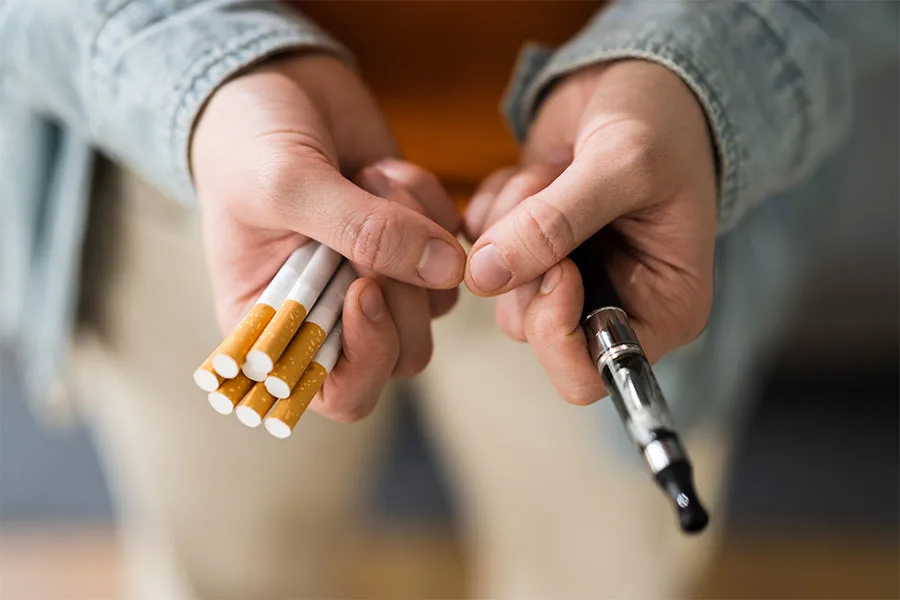Australian high school students who experience severe depression or poor wellbeing are twice as likely to have tried vaping, according to a new study.
The study also revealed that one-fifth of Year 7 and 8 students exhibited moderate to severe depression symptoms, highlighting the urgent need for early intervention targeting both mental health and vaping, experts noted.
In 2023, more than 5,000 students aged 12 to 14 were surveyed as part of the OurFutures vaping prevention program, led by the University of Sydney’s Matilda Centre.
Teenagers from 40 schools across New South Wales, Queensland, and Western Australia answered questions on topics including drug use and vaping, potential future drug use, and mental health, which encompassed symptoms of depression, anxiety, stress, and low wellbeing.
The study’s results, published in the Australian and New Zealand Journal of Psychiatry, showed that one-third of the students reported poor wellbeing, another third experienced high stress, and one-fifth had high anxiety.
Students who reported moderate or high stress levels were 74% and 64% more likely, respectively, to have tried vaping compared to those with low stress levels. However, the study found that anxiety levels had little correlation with vape use.
Study co-author and University of Sydney associate professor Emily Stockings expressed concern over the close association between rising rates of vaping and poor mental health.
“If we want to improve mental health and prevent vaping, we clearly need to address both issues simultaneously,” she said.
The percentage of students in years 7 through 12 who vaped in the past month nearly quadrupled from 2017 to 2022/23. Meanwhile, two-fifths of Australians aged 16 to 24 reported experiencing a mental disorder within the last year.

The findings underscore the importance of providing early and effective mental health support for young teenagers, according to Michelle Jongenelis, associate professor at the University of Melbourne.
The study revealed that around 8% of students aged 12 to 14 had ever tried vaping, and about 2% had vaped in the past month.
These figures surged to 24% and 13%, respectively, for the older age group of 12 to 15-year-olds, based on data from the nationwide Australian Secondary Students’ Alcohol and Drug Survey.
The students in the OurFutures study had an average age of 13, a critical developmental period during which mental health issues and substance use typically begin to emerge, often around age 14.
“It’s a crucial time for development as students are just starting high school,” Jongenelis said. “We need to do a better job of supporting them so they don’t turn to vapes to cope with their anxiety, stress, or depression.”
The study had some limitations, as only one in 20 students surveyed attended an educationally disadvantaged school, and public schools were not included.
This exclusion may have prevented the study from capturing the experiences of the most vulnerable or disadvantaged students.
The research adds to the growing body of evidence suggesting a connection between nicotine use and mental health issues but does not provide a definitive explanation, as the data was collected from a single point in time.
While the study did not establish a causal link between mental health and vape use, it represents the first phase of ongoing research within the OurFutures program.
Students will complete additional surveys after participating in training courses designed to help them understand and avoid vaping.
